- Lightroom Presets
- Mobile Presets
-
Photoshop
-
Learn
-
Support
-
Install
- Best Sellers
- Blog
By Anna Gay on | No Comments

Photoshop blending modes (or sometimes called "blend modes") are used when editing with layers in Photoshop. They affect how each layer behaves and interacts with the other layers in your editing process and will change the overall look of your image.
You can use Photoshop blending modes to adjust exposure and contrast to help you achieve subtle adjustments without over-editing in the Photohsop Levels and Curves panels.
In this tutorial, I will show you the 6 most helpful Photoshop Blending Modes that you can apply to individual layers in order to adjust exposure and contrast. I will demonstrate each of these popular blending modes on the same photo so you can see how the blend modes can affect your image differently.
For this tutorial, I will use the image below along with a haze overlay with brown tones as an example.
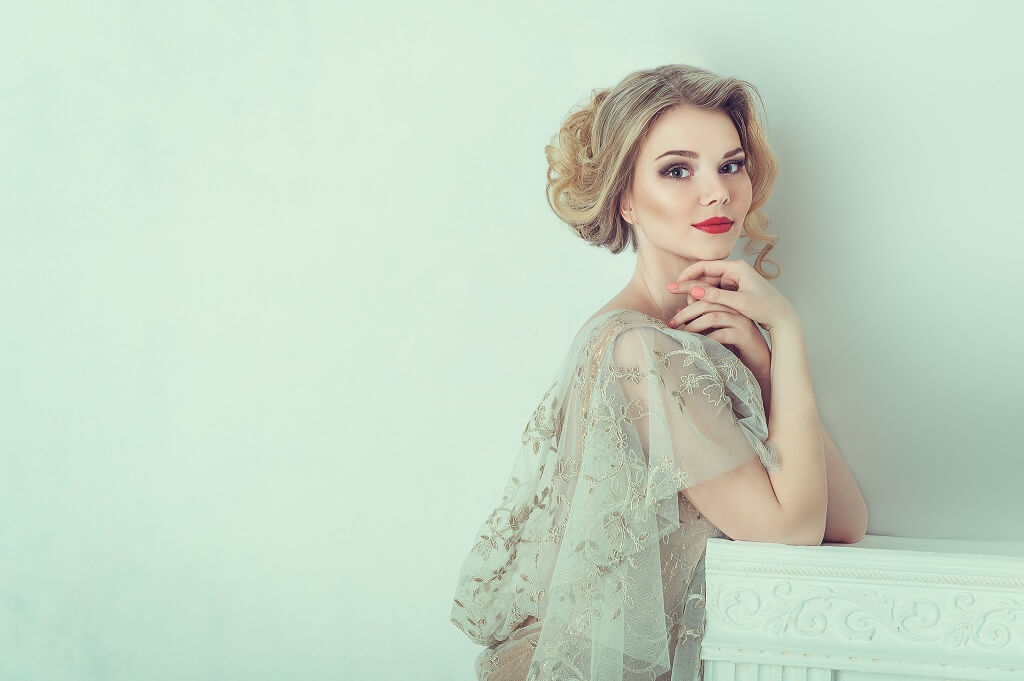
I'm going to drag and drop the overlay onto my image and leave the blending mode set to Normal. Normal is, as it sounds, the most basic blending mode. The Normal blend mode leaves both the layers as-is and my base image will not show through it unless I adjust the opacity. Blend Modes affect how visible the the top layer is, and in this case my top layer is completely visible.
The Opacity slider in the Layers Panel allows you to blend the active layer with the layers below by making the active layer translucent, which in turn, will allow the layers below to show through.
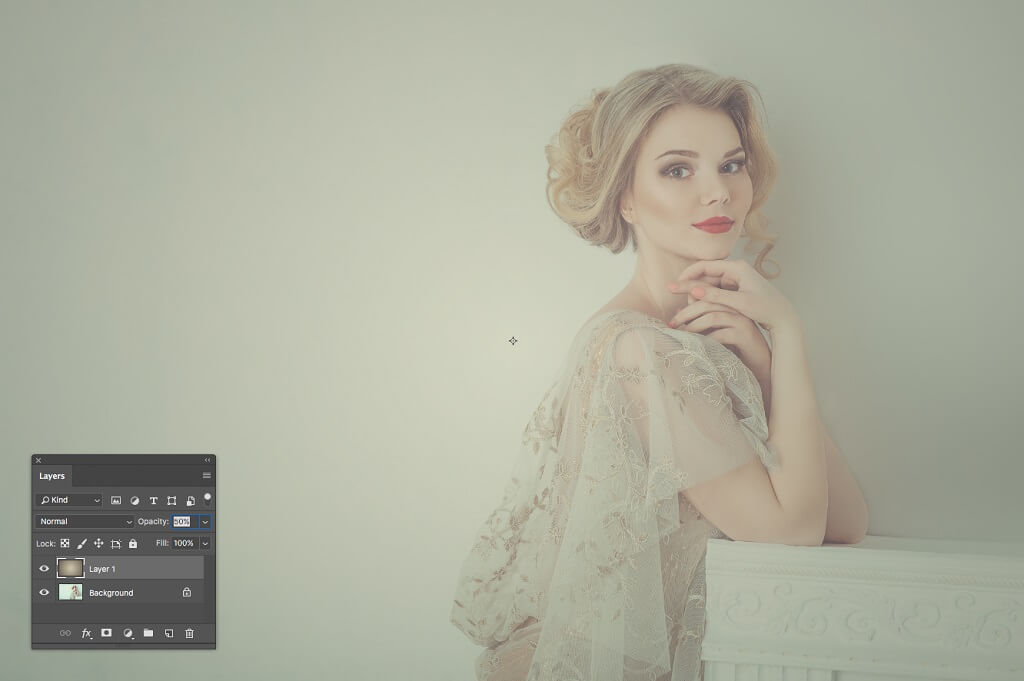
(Normal Blend Mode at 50% Opacity)
Now let's look at the Overlay blending mode. This blend mode is one of Photoshop's most widely-used blending modes. Overlay is a really handy blend mode when you have an image that you want to brighten and add contrast to. My original image here has pretty low contrast, so by applying my haze in the Overlay mode, and reducing the opacity, I get a really nice, bright image with good, rich contrast.
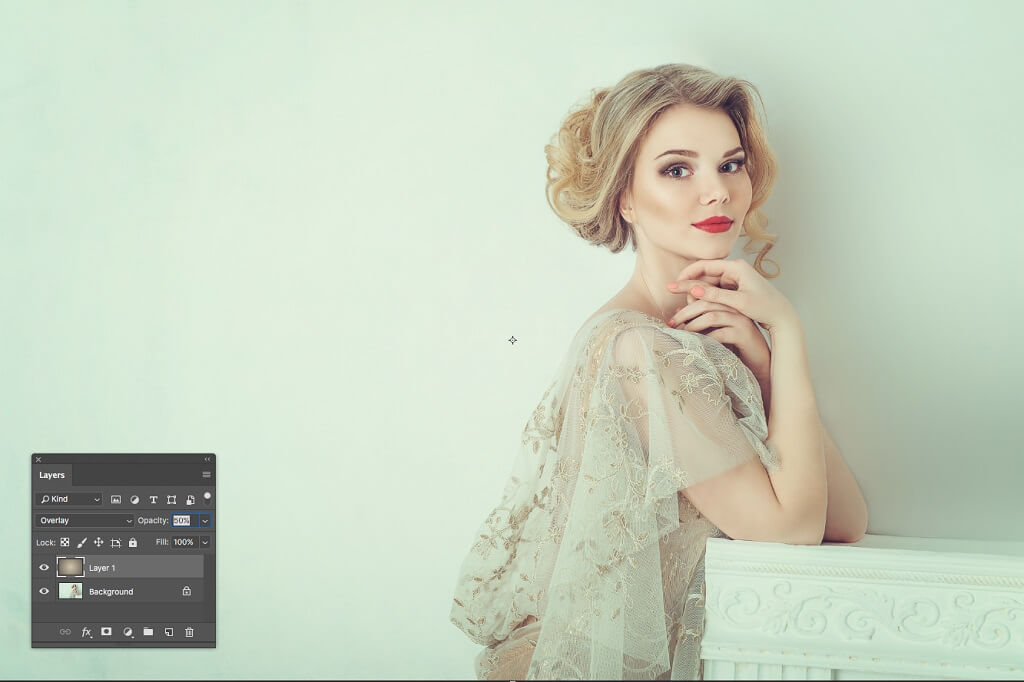
(Overlay Blend Mode at 50% Opacity)
The Soft Light blending mode is another one of the most popular blend modes in Photoshop. If you find that Overlay is too intense, you can try the Soft Light blend mode. The Soft Light blend mode will still brighten your image, but the contrast won't be as intense as it is in the Overlay blending mode.
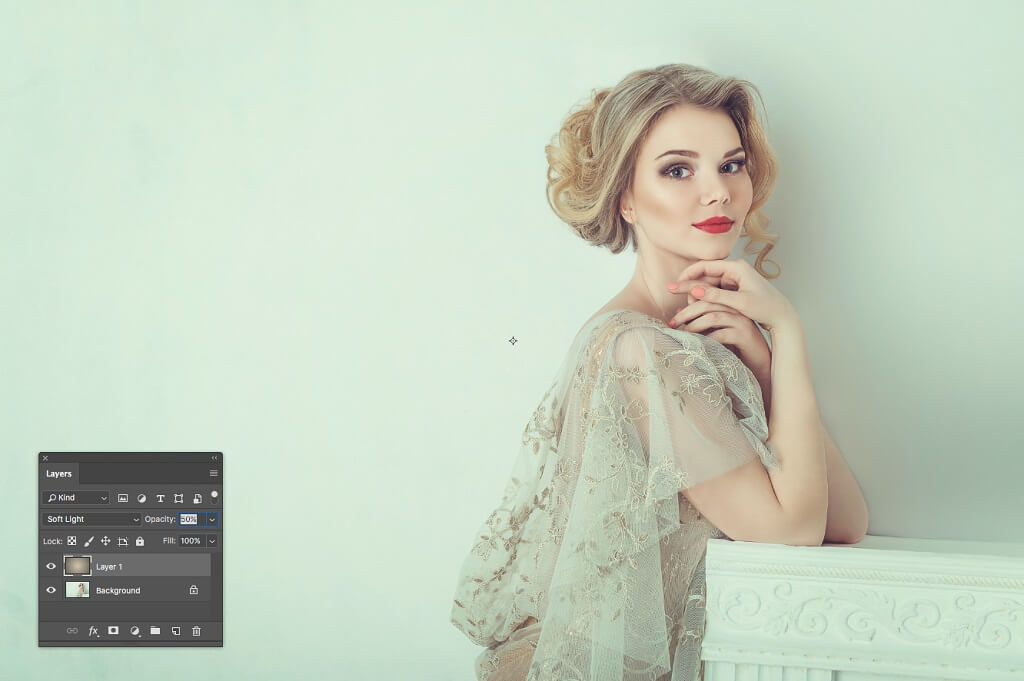
(Soft Light Blend Mode at 50% Opacity)
Another commonly used blend mode for brightening an image is the Screen blending mode. Here you're going to see an overall lightening of the image that really intensifies and brightens the exposure without increasing the contrast. The Screen blend mode will help give your images that really nice hazy quality that so many people enjoy.
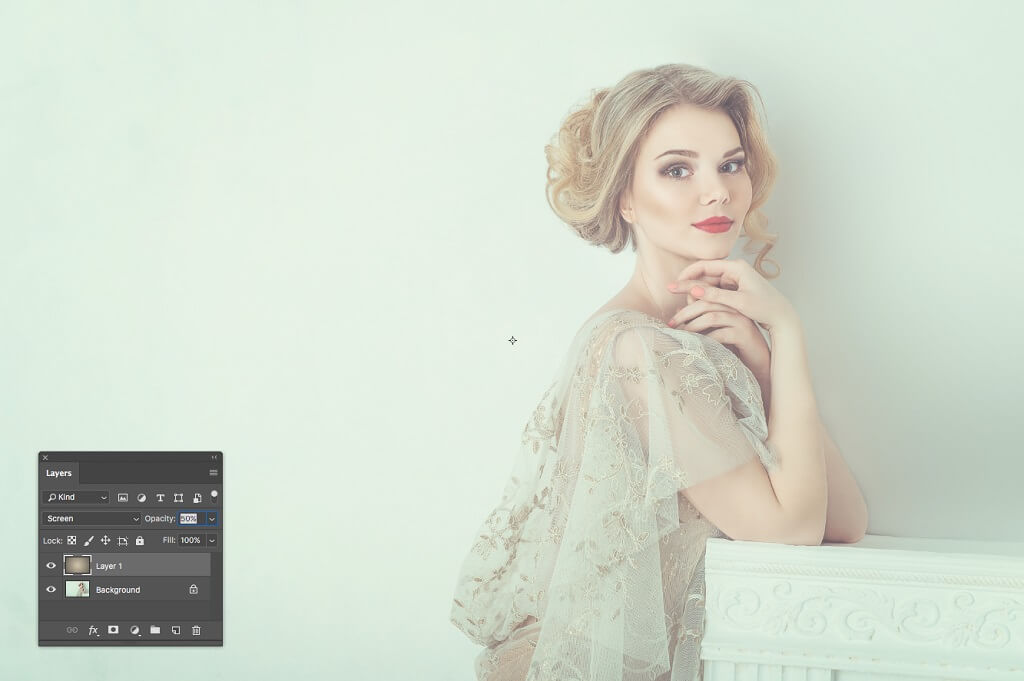
(Screen Blend Mode at 50% Opacity)
Now, if for some reason you find that you want to darken your image or decrease the exposure, you can accomplish this with blend modes as well. For example, when I select Darken as my blend mode, it's going to darken the overall exposure. You'll also notice that there's more of an effect in my highlights than any other region of my photo in terms of tonal value.
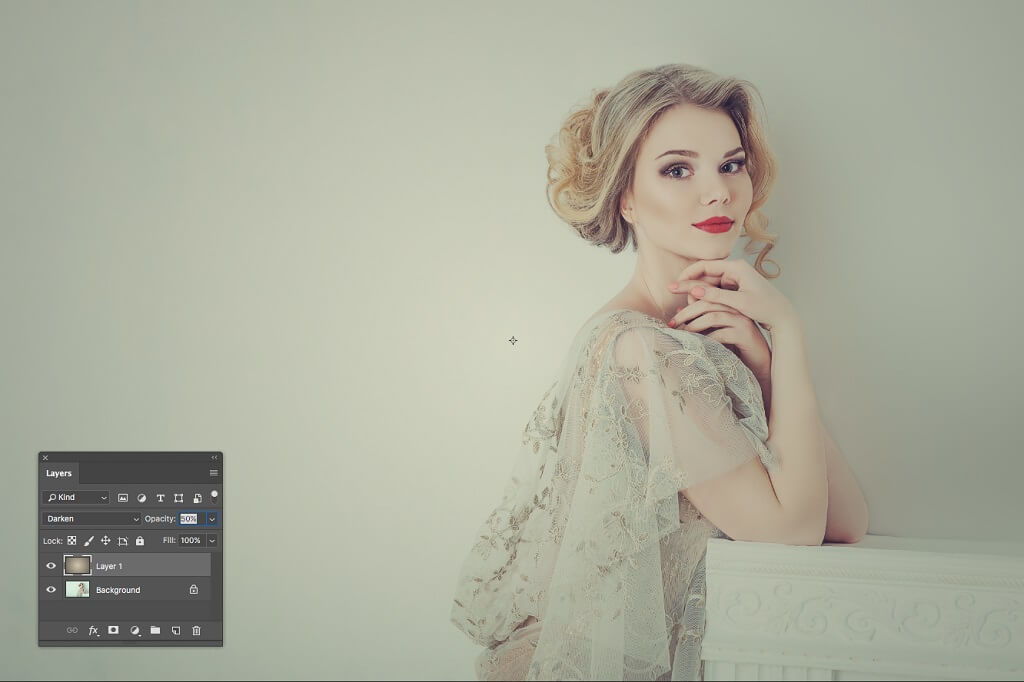
(Darken Blend Mode at 50% Opacity)
The Multiply blend mode will also provide an overall darkening effect. With the Multiply blend mode, you'll see a change in all of the values - the highlights, mid tones, and shadows. The Multiply blend mode is going to affect the overall exposure of your image.
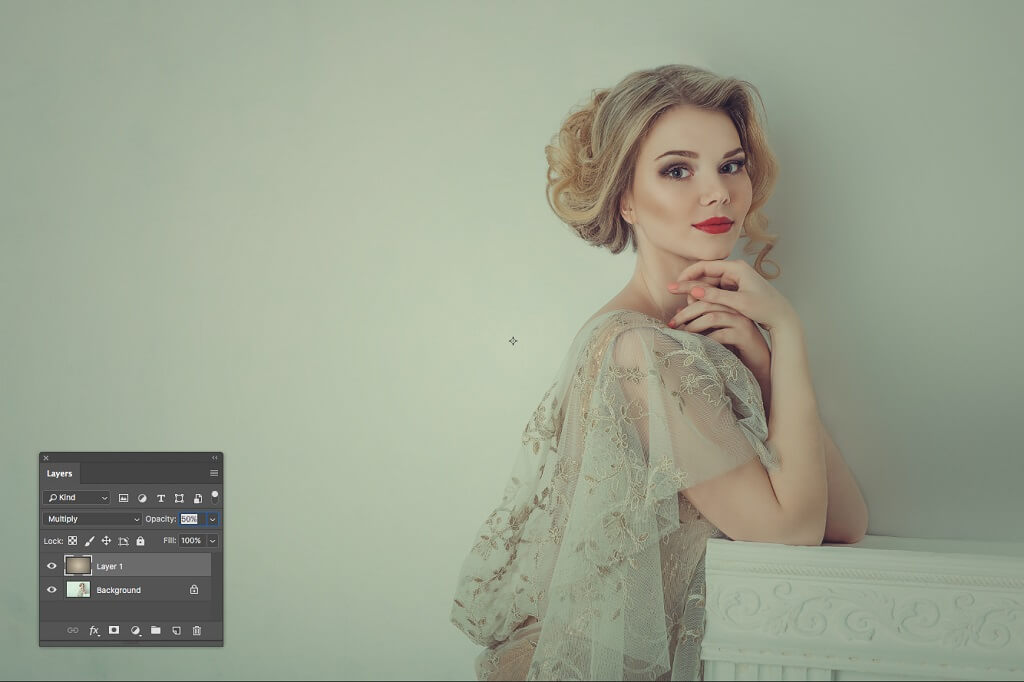
These are just a few of the many Photoshop Blend Modes available, however, they also tend to be the most helpful and commonly used blending modes.
I encourage you to play around and experiment with these and all of the other Photoshop blending modes to learn how they can affect your photos differently. By experimenting with them you will become better able to understand and utilize blending modes to achieve your desired effect.
If you are more of a visual learner, please take a check out our video tutorial on Photoshop Blending Modes below!
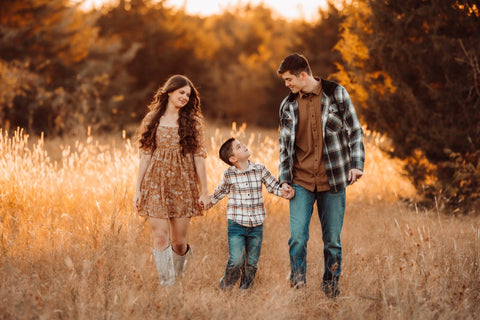

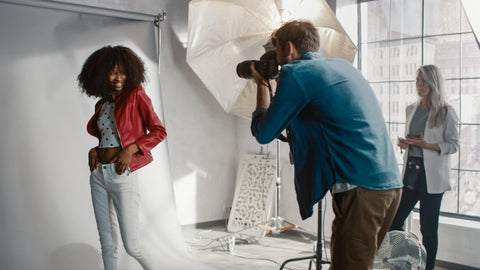
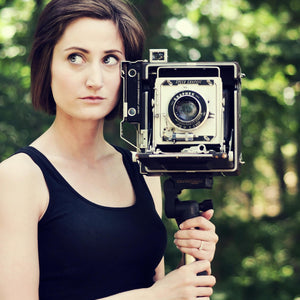
Anna Gay is a portrait photographer based in Athens, GA and the author of the dPS ebook The Art of Self-Portraiture. She also designs actions and textures for Photoshop. When she is not shooting or writing, she enjoys spending time with her husband, and their two cats, Elphie and Fat Cat.

Comments